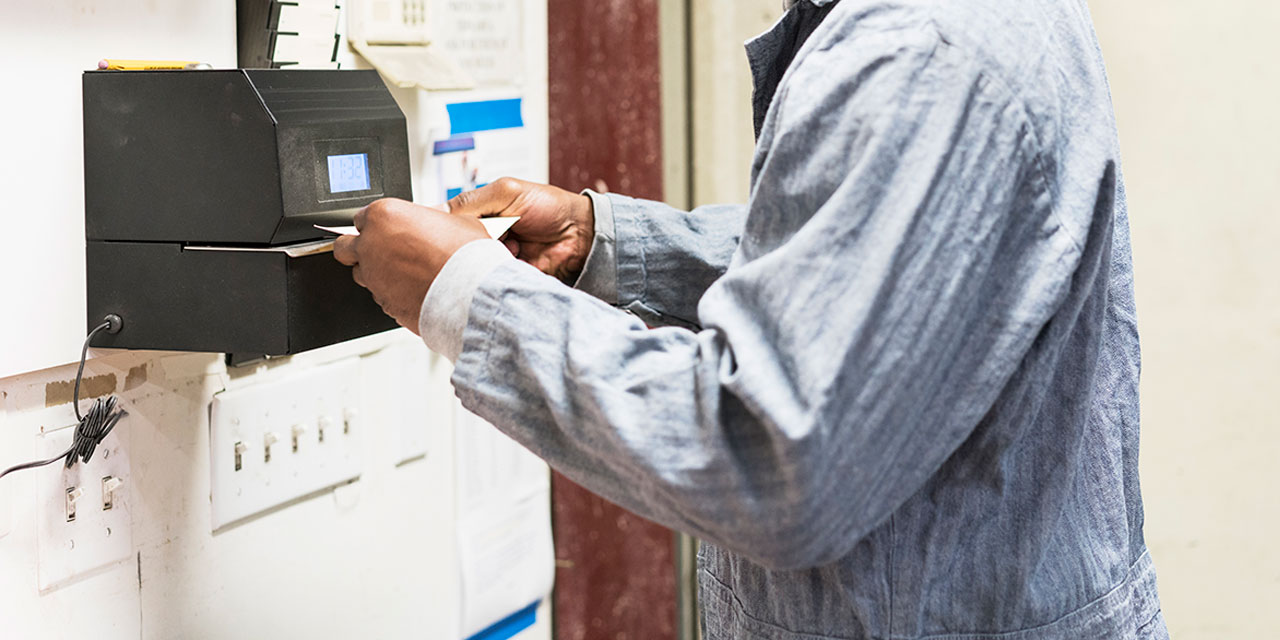
House Republicans’ proposed Medicaid reforms have reignited a national conversation about work requirements. The GOP is right to argue that work is part of a good life, and that some program recipients should be required to hold a job.
But work requirements are only a first step. If the One Big Beautiful Bill becomes law, states will quickly discover that their administrative systems are ill-equipped to move recipients from welfare to work. To succeed, states should adopt a more integrated approach—one that provides access to both benefits and job training in a single location. The model for such an approach is Utah’s “One Door” strategy.
Finally, a reason to check your email.
Sign up for our free newsletter today.
Today, nearly one in three Americans relies on some form of government assistance. But instead of helping vulnerable Americans get back on their feet, the safety net often keeps recipients mired in poverty, unable to break out of dependency and into self-reliance.
To understand why, consider the origins of America’s social welfare system. The modern safety net began in 1935 with the Social Security Act, followed by Medicaid, Medicare, food stamps, and cash welfare. Today, the government runs more than 80 assistance programs.
But these programs weren’t designed to operate together. In fact, calling them a “system” is misleading—there’s nothing systematic about them. Policymakers created the programs at different times, in response to different problems. Though the dollars start in Washington, they’re administered unevenly by the states. The result is a patchwork of siloed programs with overlapping goals, duplicative rules, disincentives to work, and little coordination of data or caseloads.
This complex maze dehumanizes millions of Americans in need. It forces low-income individuals to navigate countless forms, offices, and eligibility rules just to receive assistance. Few programs offer a clear path back into the workforce.
Yet work is essential to escaping poverty. Unemployment is a major driver of long-term dependency—and a key reason many people turn to welfare in the first place. Unfortunately, in nearly every state, the federally funded workforce training system operates entirely separate from the safety net.
Louisiana noticed this flaw in a September 2023 audit of the state’s workforce programs. The audit found that for most programs, the number of people served is extremely low compared with the number of people eligible for the services. It also revealed that while some participants obtained a job after completing training programs, their earnings were often lower than before starting the program.
In other words, work—the key to moving people out of poverty and into self-sufficiency—is not built into our welfare system.
Fortunately, we have a template for how to fix this. In 1997, Utah adopted the One Door model, which integrates welfare and work programming under a single state-level authority and prioritizes getting welfare recipients back into the labor force.
The program originated in 1992, when Utah launched a legislative audit of the state’s workforce programs and found that 23 of them were operating out of six state agencies. Following the audit’s recommendation, Governor Michael Leavitt created a taskforce to make a plan for integrating and coordinating the workforce programs that serve Utah recipients. In 1995, Utah passed legislation to create the Department of Workforce Services (DWS), bringing 36 programs under one administration. DWS integrates programs so that recipients access services through “one door:” a single point-of-access and eligibility process, with one caseworker assessing a person’s needs and barriers to work, if applicable.
The idea is simple: by better aligning work and welfare, states can help struggling recipients provide for themselves. One Door brings welfare back to its original design—temporary support for those facing hard times as they transition back to work.
Utah has seen impressive results since adopting One Door, including consistently low poverty and unemployment rates. Notably, Utah has the nation’s lowest rates of residents on food stamps and Medicaid. The state’s SNAP participation rate fell from 6.6 percent to 4.8 percent between 1994 and 2024. In the rest of the U.S., the equivalent figure rose from 10.6 percent to 12.3 percent in the same period.
Covid-19 demonstrated the system’s ability to connect the unemployed to rapid reemployment. By some measures, Utah performed better than any other state in this regard. During peak pandemic unemployment in August 2020, Utah’s unemployment rate fell to 4.9 percent (versus 8.4 percent nationwide). By December 2020, unemployment in Utah stood at 3.6 percent (versus 6.7 percent nationwide).
Why haven’t other states adopted such a successful model? Right after Utah integrated and created DWS in 1997, the U.S. Congress passed the Workforce Innovation Act. WIOA sends funds directly to federally designated local workforce boards, bypassing state administration and therefore barring program integration. Utah secured an exception to this arrangement, but other states have been limited in their ability to copy the state’s practices.
Change might be coming, though. Congressman Burgess Owens has reintroduced the One Door to Work Act, which will give states the flexibility to integrate welfare and work programs. It establishes a state authority in WIOA that provides flexibility to use federal dollars to innovate—including by copying the One Door model. The bill has not yet passed, but with this congressional encouragement, other states— including Louisiana, Texas, Alabama, Arkansas, and Mississippi—have begun advancing their own versions of One Door.
In June, Louisiana passed a One Door reform that streamlines the state’s fragmented social services and workforce programs into one system, called LA Works. Louisiana struggles with the nation’s highest poverty rate and one of the lowest rates of labor force participation. By embracing One Door, the state may better address these longstanding problems—helping people transition out of poverty and into stable, rewarding work.
While federal legislation is important, states don’t need to wait on Congress to start the process of improving their safety nets. Like Louisiana, they can audit existing programs and begin streamlining the welfare and workforce systems they already control.
Though Medicaid work requirements often dominate the headlines, the real question isn’t whether to require work but whether the safety net actually connects people to it. Utah offers a better model: one that links recipients to employment and helps lift them out of dependency.
Photo: Jetta Productions Inc / DigitalVision via Getty Images
Source link

















